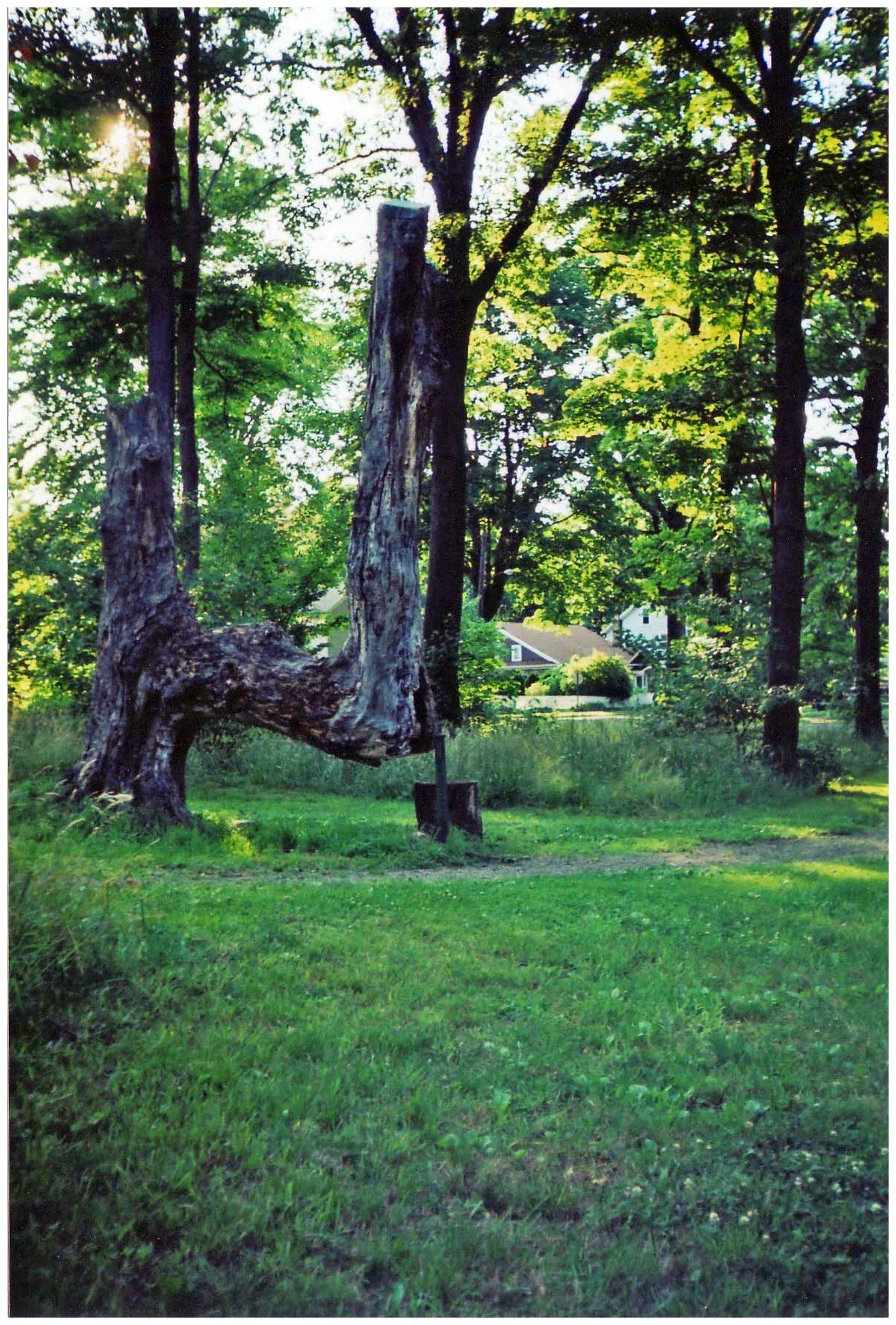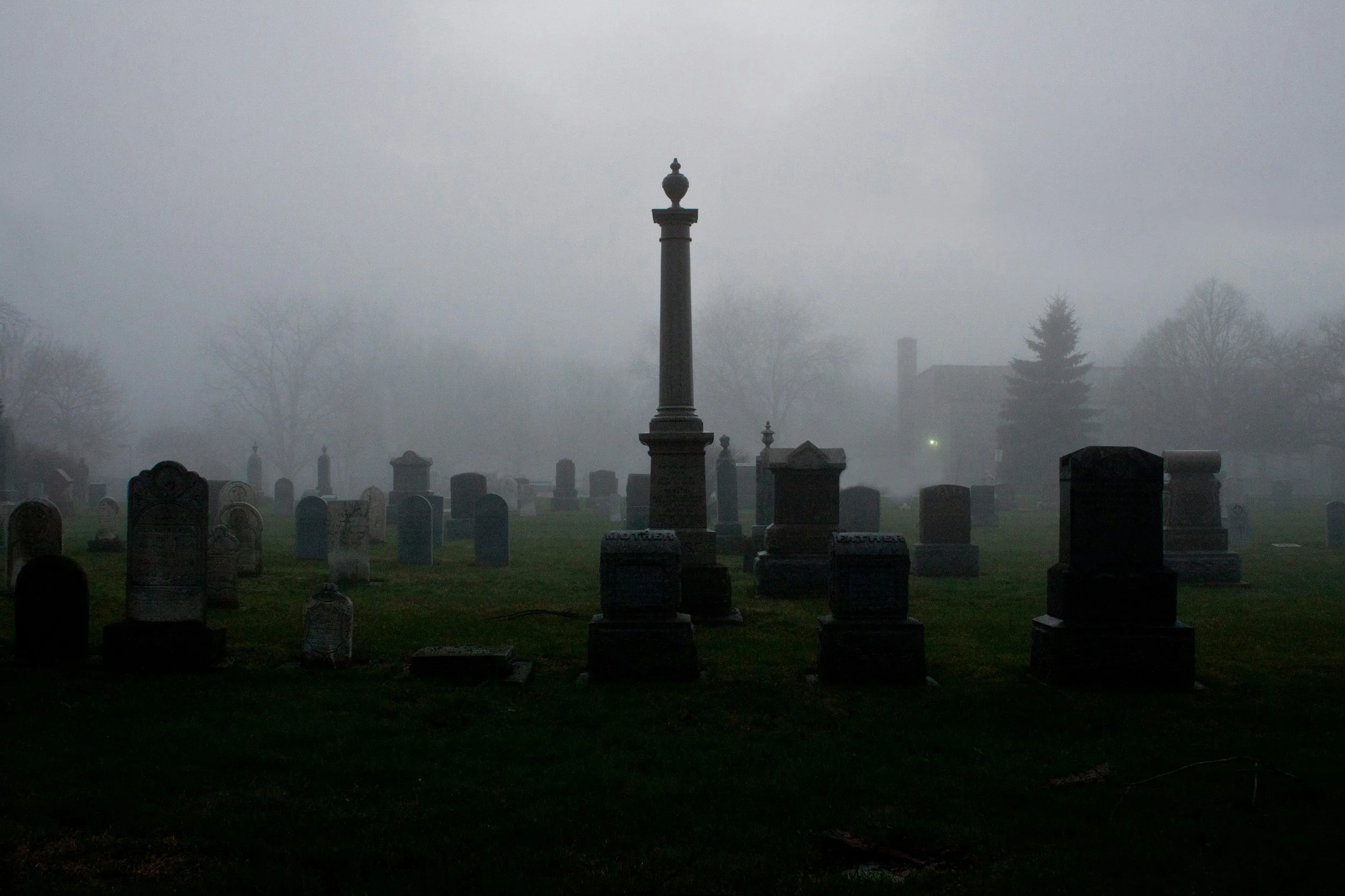
Echoes
Some places vanish without a sound. No headlines. No farewells. Just a slow fade into memory. Erie County is full of these ghosts: shuttered dinors, demolished schools, amusement parks swallowed by weeds. They once buzzed with life, laughter, and stories, but are now scattered like dust in the wind. This page is a tribute to what’s no longer there but still lingers in the hearts of those who remember. Step into the echoes, where the past flickers just beneath the surface, and absence speaks louder than presence.
West Erie Plaza Marquee
The marquee at West Erie Plaza’s theater was once a glowing beacon of mid-century charm, lighting up the plaza with its retro flair and welcoming moviegoers for over five decades. Installed when the Plaza Theater opened in 1953, the marquee became a beloved local landmark, symbolizing the golden age of cinema in Erie.
With its art deco styling and illuminated signage, the marquee stood watch as the theater evolved—from a single-screen “movie palace” to a four-screen cinema in later years. When the theater closed in December 2008 after its final showing of Yes Man starring Jim Carrey, the marquee went dark, but not forgotten. In 2012, VCG Properties acquired the plaza and began a major redevelopment. Before demolition began, the marquee was ceremoniously lit one last time, drawing crowds who came to snap photos and share memories.
Rather than discard it, developers carefully dismantled and crated the marquee for safekeeping, with plans to incorporate it into the plaza’s redesign. This gesture honored the community’s nostalgia and preserved a piece of Erie’s cultural history. Though the theater itself is gone, the marquee lives on as a symbol of the plaza’s past—and its potential for renewal.
Four Mile Creek Park a/k/a Grove House Park
Lawrence Park, where Lake Erie meets Fourmile Creek
Grove House Park was once a lively lakeside destination in what is now Lawrence Park Township, Erie County—a place where trolleys clanged, families picnicked, and summer memories were made. Located near Four Mile Creek and fronting Lake Erie, the park served as a seasonal terminus for the Erie and Suburban trolley line, offering city dwellers a scenic escape from urban life. Before Lawrence Park was even a town, Grove House Park was a gathering spot, drawing visitors with its fresh air, open space, and amusement offerings. It was a key part of the area's recreational landscape in the early 1900s, just as General Electric began building its massive factory nearby.
Though little physical evidence of Grove House Park remains today, its legacy lingers in the stories of early Erie residents and the transformation of farmland into one of the region’s most distinctive planned communities. The park’s disappearance mirrors the broader shift from rural retreat to industrial suburb, as Lawrence Park evolved into a company town designed by famed city planner John Nolen. Grove House Park now exists only in memory and archival photographs—a vanished landmark that once bridged the gap between nature, leisure, and the rise of modern Erie.
Present Day
This is the location where folks would ascend the cliff to the Grove House Mansion, now between the Lawrence Park Fishing Club and nearby fenced picnic grove. The cliff is now fenced off and inaccessible to visitors.
The Green Shingle
The Green Shingle was once a bustling truck stop and roadside restaurant in McKean Township, Erie County, perched near the Sterrettania Road exit off Interstate 90. Known for its hearty meals and 24-hour service, it was a favorite haunt for truckers and locals alike—especially during the heyday of long-haul travel in the mid-20th century. Over time, the site became known as Dixie’s Green Shingle, a nod to the legendary Dixie Truckers Home brand, which had roots in Illinois and was considered one of the oldest truck stops in America.
Though the Erie location wasn’t part of the original Dixie chain, the name lent a nostalgic flair and a sense of continuity to the roadside culture it embodied. The Shingle eventually closed in the early 2000s, and the building sat vacant for years before being demolished in 2015 as part of redevelopment plans by Presque Isle Downs, which had acquired the property. Today, the site is cleared, but for many longtime Erie residents, “The Shingle” remains a symbol of a bygone era—where the coffee was strong, the jukebox played late into the night, and the road always led somewhere new.
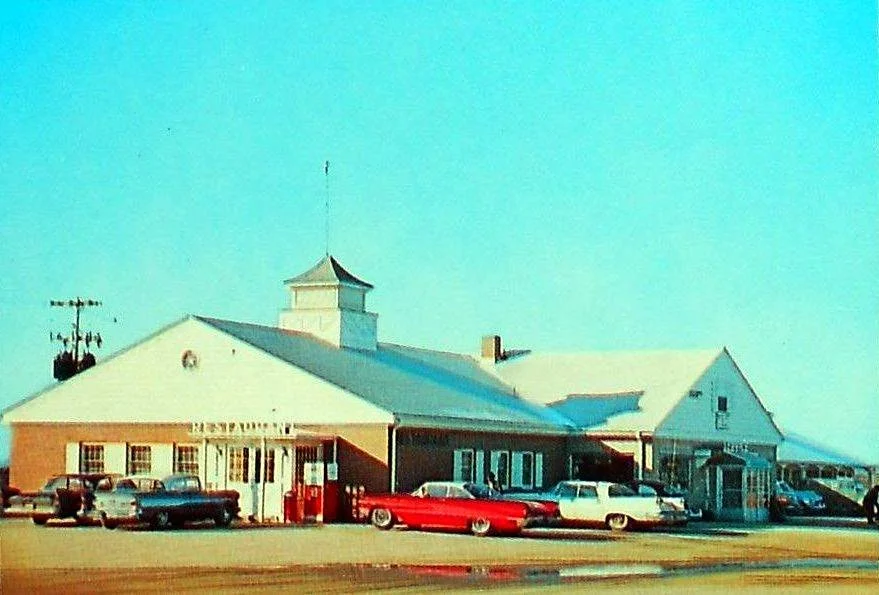

JACKO’S CROSSING COVERED BRIDGE
Downing Golf Course in Harbocreek
Spanning 7-Mile Creek
Jocko’s Crossing Covered Bridge was a short-lived but locally beloved structure built in Harborcreek Township in the early 2000s, designed as a nostalgic tribute to Erie County’s lost covered bridges.
Constructed by local resident John “Jocko” Johnston on private property near Twelvemile Creek, the bridge featured traditional timber framing and a rustic aesthetic that echoed 19th-century craftsmanship. Though not officially recognized as a historic bridge and never open to public traffic, it became a cherished landmark for neighbors and passersby, symbolizing the community’s appreciation for its rural heritage. Sadly, the bridge was destroyed by fire in 2008, leaving behind only memories and a few photographs preserved by the Harborcreek Historical Society.
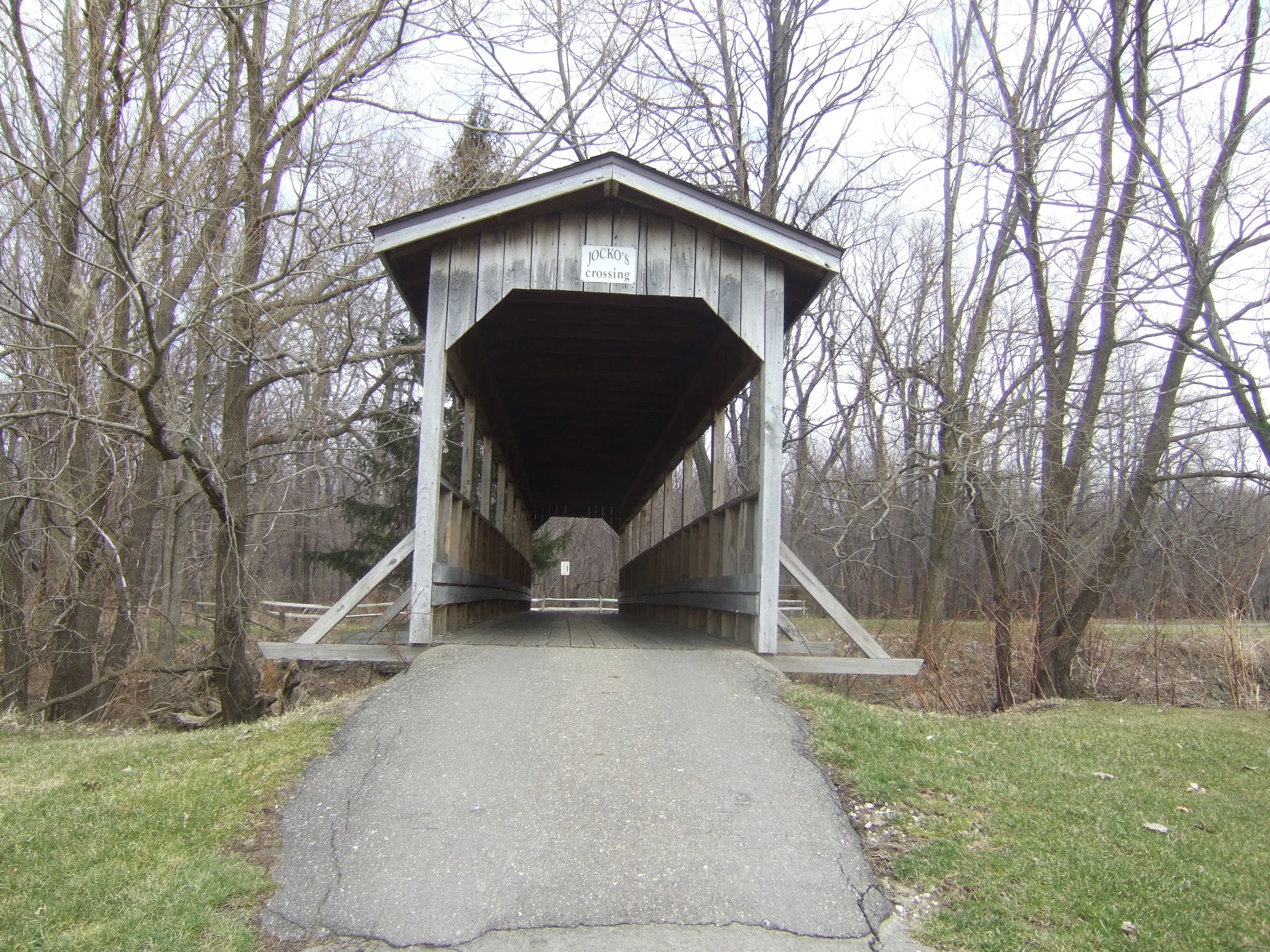
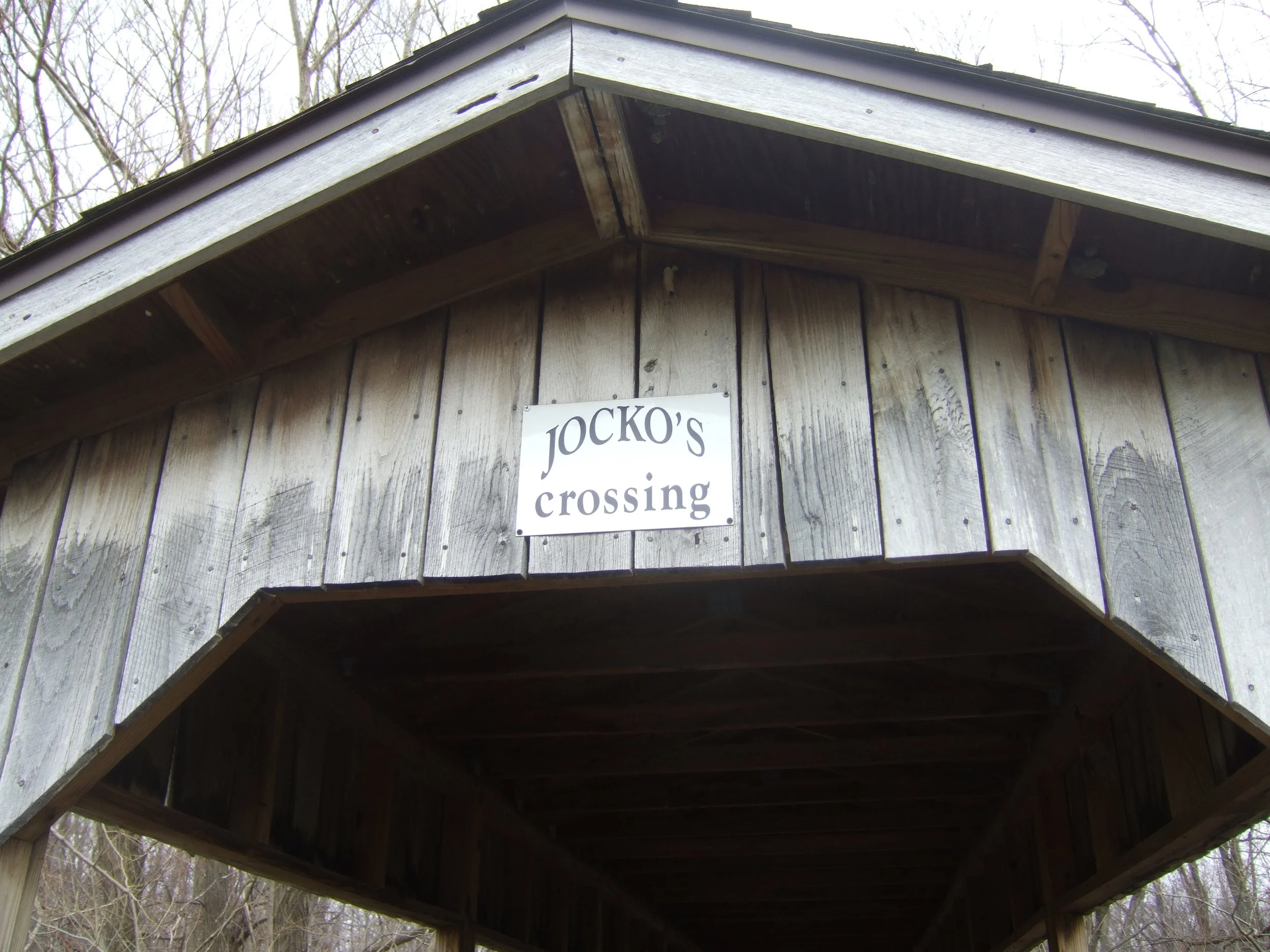
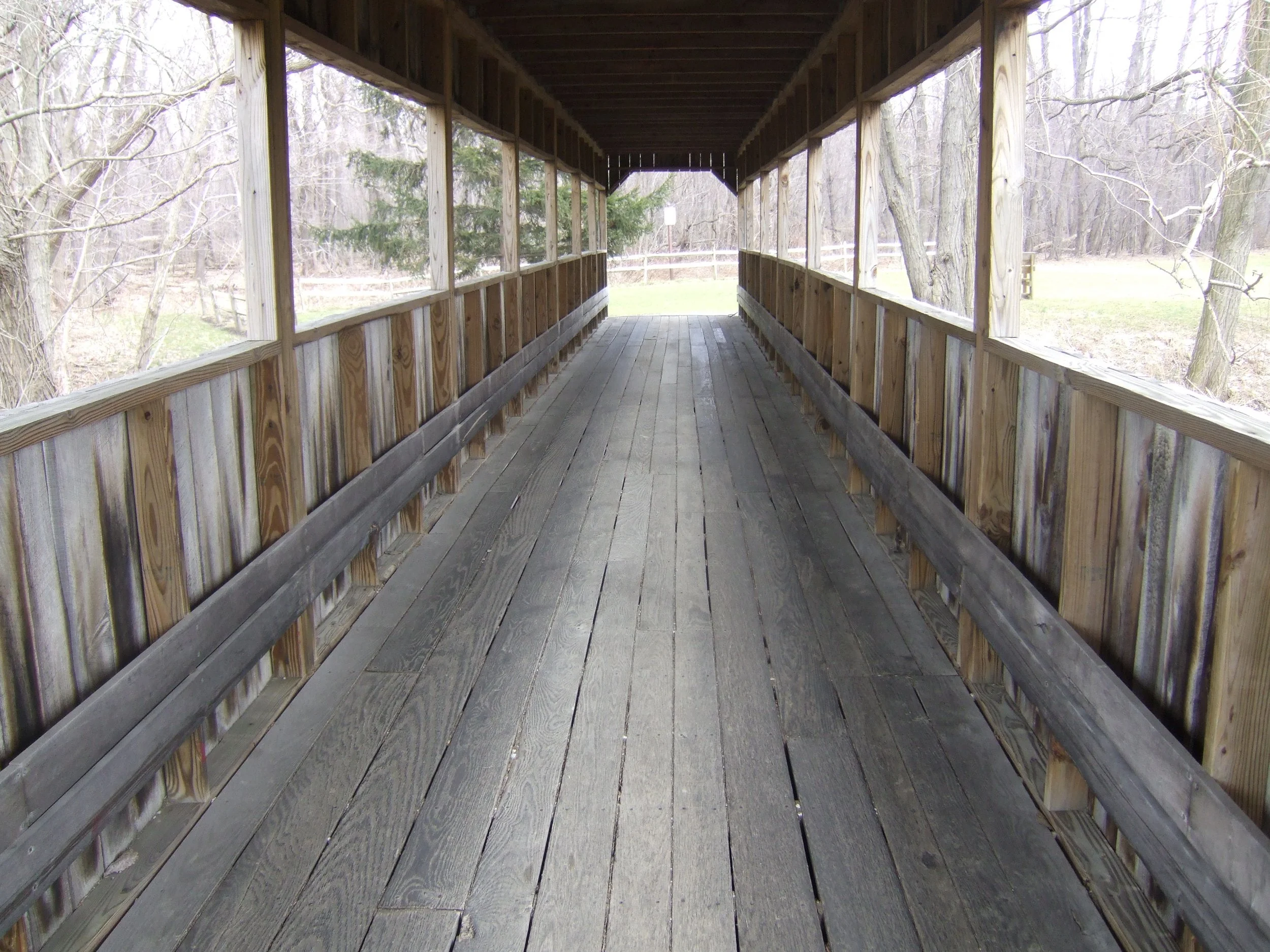
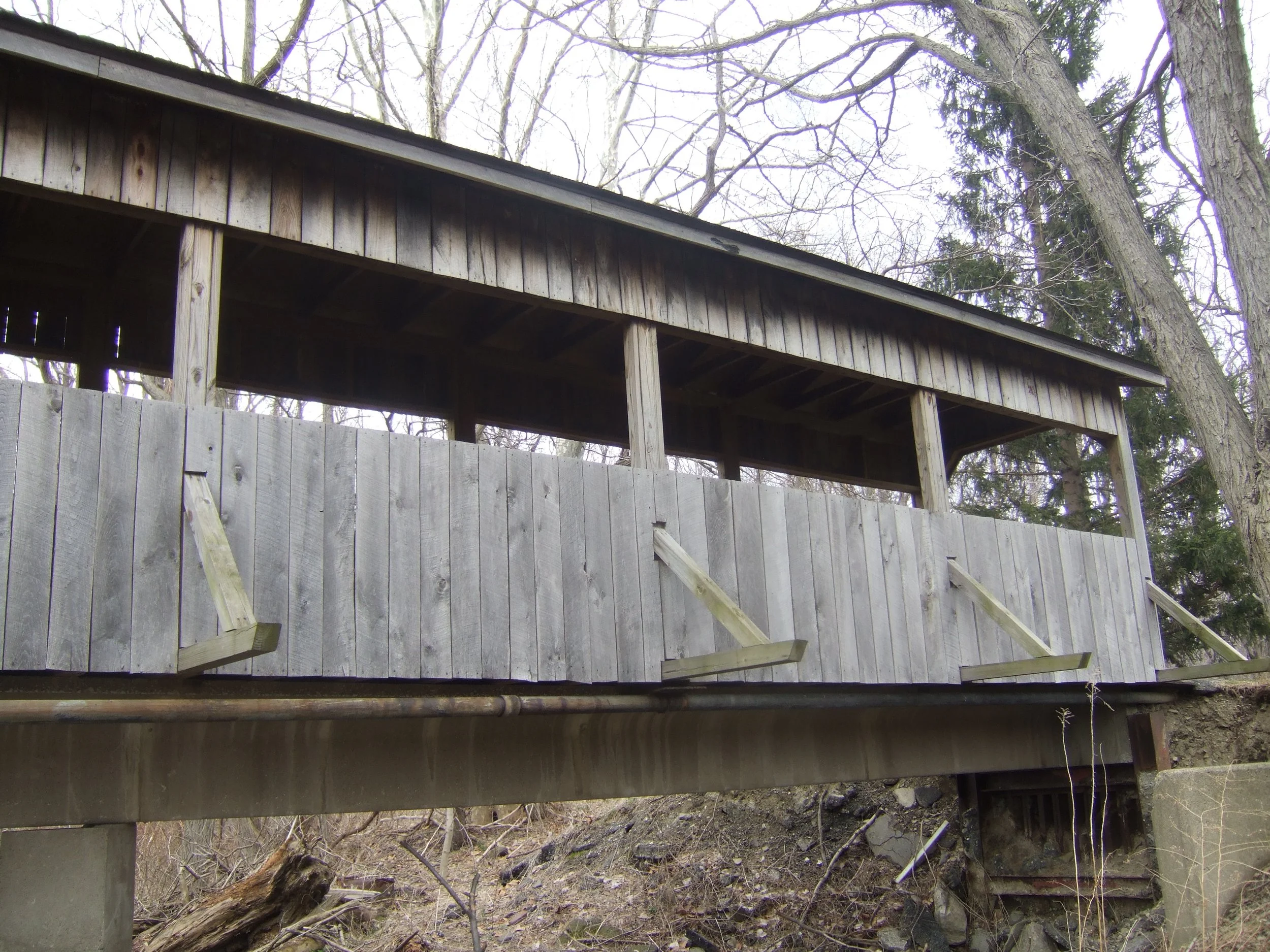
THE ELBOW TREE
Lawrence Park
Elbow Tree Park in Lawrence Park Township takes its name from a beloved tree that once stood at the heart of the neighborhood—a gnarled, low-hanging giant whose bent limb resembled a crooked arm with an elbow. For generations of children growing up in Lawrence Park, the Elbow Tree was more than just a quirky piece of nature—it was a throne, a lookout, and a symbol of youthful imagination. Local resident Marion Renshaw Armstrong recalled in the Erie Times how kids would climb into the elbow and “rule the earth” from their leafy perch, high above the square below.
Though the tree itself is long gone—likely lost to age, weather, or development—its memory lives on in the park’s name and in the stories passed down by longtime residents. Elbow Tree Park remains a quiet green space tucked into the residential grid, a subtle tribute to the playful spirit of Lawrence Park’s early days and the tree that once made children feel like kings and queens of their corner of Erie County.

